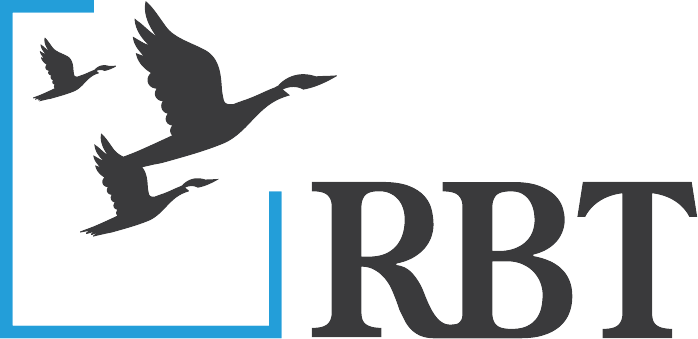Along with a new New York State budget for fiscal year 2024 comes an expansion of certain Alcoholic Beverage Production Credits (ABPC), which can be good news for eligible distillers, wineries, and farm-based beverage producers.
Each year, New York State alcohol manufacturers pay an excise tax to the state. This can be offset by filing for an ABPC. Until recently, the credit was the same regardless of whether you manufactured beer, cider, wine, or liquor. It equaled $.14/gallon for each of the first 500,000 gallons plus $.045/gallon for each gallon above 500,000 (up to a maximum of an additional 18 million gallons for beer, cider, or wine and an additional 300,000 gallons of liquor).
For most beers and ciders, the credit equaled the excise tax. For wine and liquor, however, the credit was lower than the excise tax.
Effective immediately for tax years on or after January 1, 2023, under New York Tax Law Section 37, if the following is produced in New York, the ABPC equals:
- Beer: $.14/gallon (no change).
- Certain cider products: $.14/gallon (no change). Applies to cider, artificially carbonated sparkling cider, and natural sparkling cider containing more than 3.2% alcohol.
- Certain wine products: $.30/gallon. Applies to still wine, artificially carbonated sparking wine, and natural sparking wine.
- Certain liquors containing 2% to 24% alcohol: $2.54/gallon.
- Certain liquors containing less than 2% alcohol: No credit.
- All other liquors: $6.44/gallon.
You will still need to pay the excise tax and then file for the ABPC to receive what equates to a rebate. Corporations need to file Form CT-636; all others need to file Form IT-636.
Your business is eligible for the ABPC if you are a registered distributor under Article 18 of the Tax Law and during the tax year produced 60 million or fewer gallons of beer or cider; 20 million or fewer gallons of wine; and 800,000 or fewer gallons of liquor. Certain recordkeeping requirements apply. For details, visit the New York State Department of Taxation & Finance website.
If you have any questions about how the ABPC change may impact your accounting and taxes, please give us a call. We’re RBT CPAs, a leading accounting firm in the Hudson Valley and beyond for over 50 years, and we believe we succeed when we help you succeed. Let’s start today!



